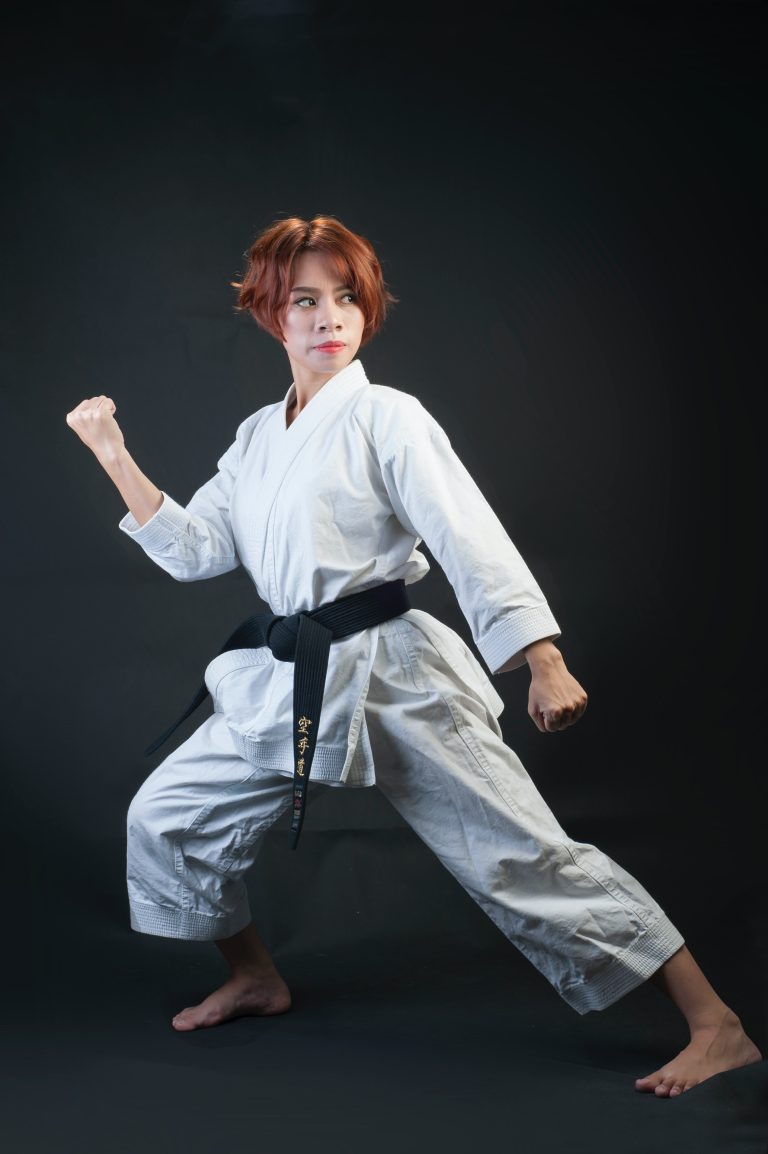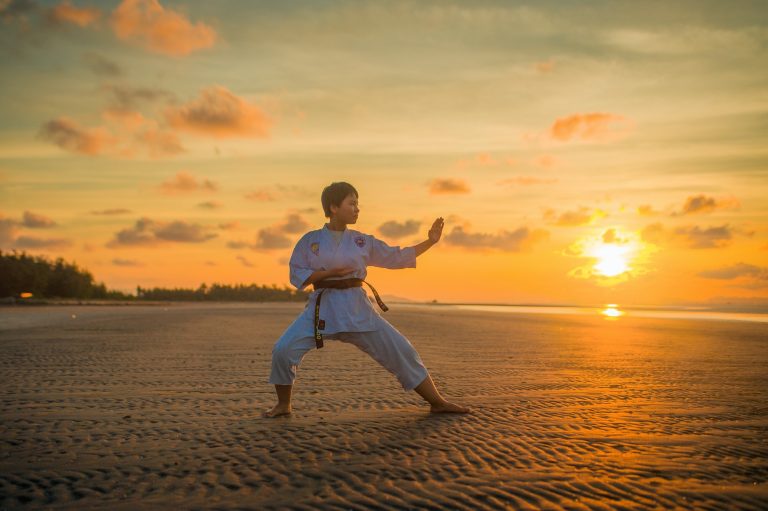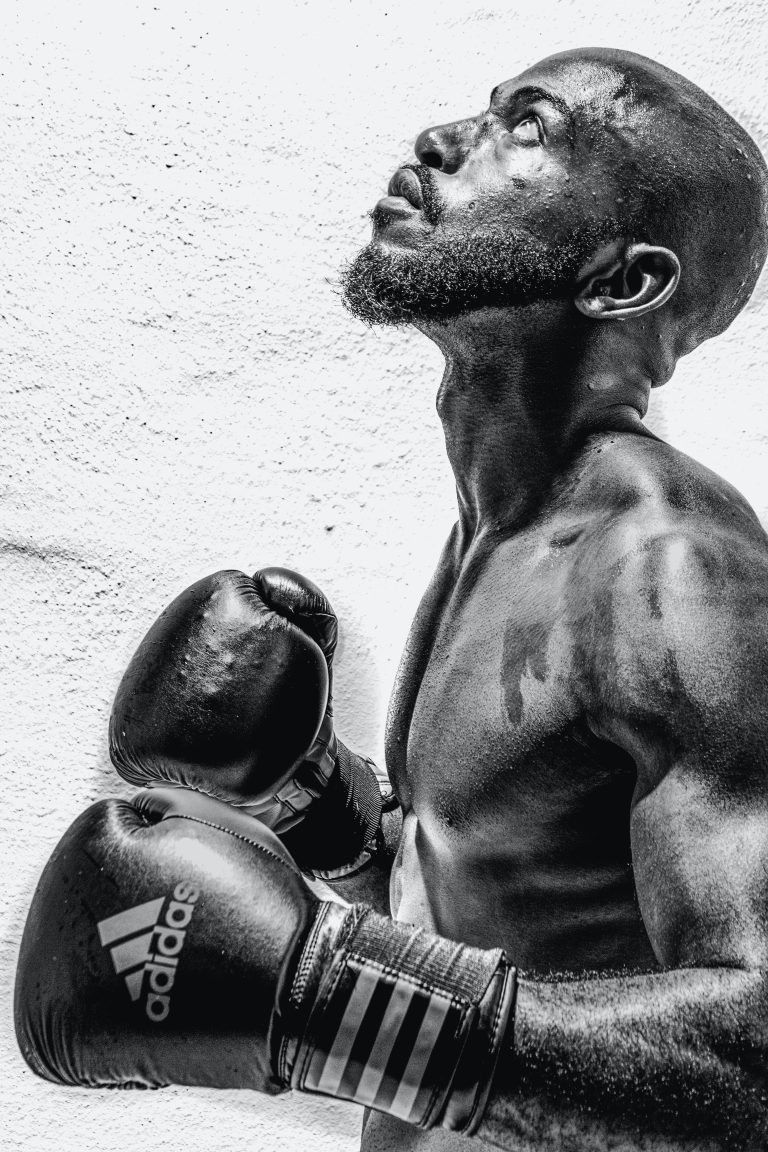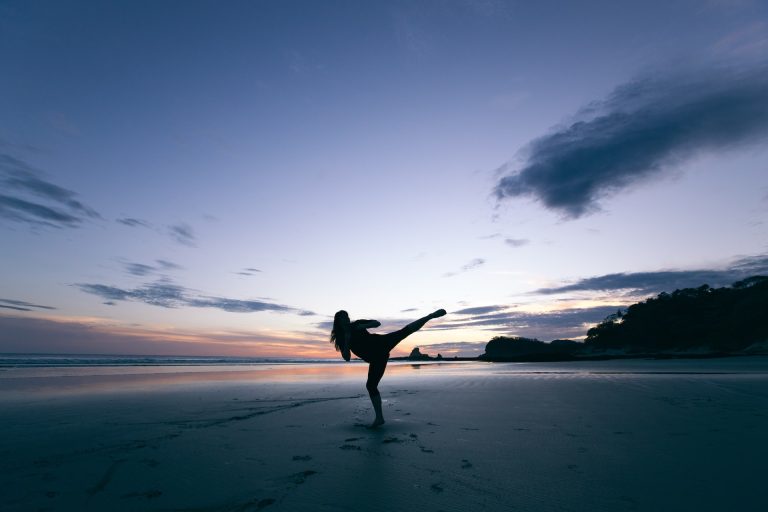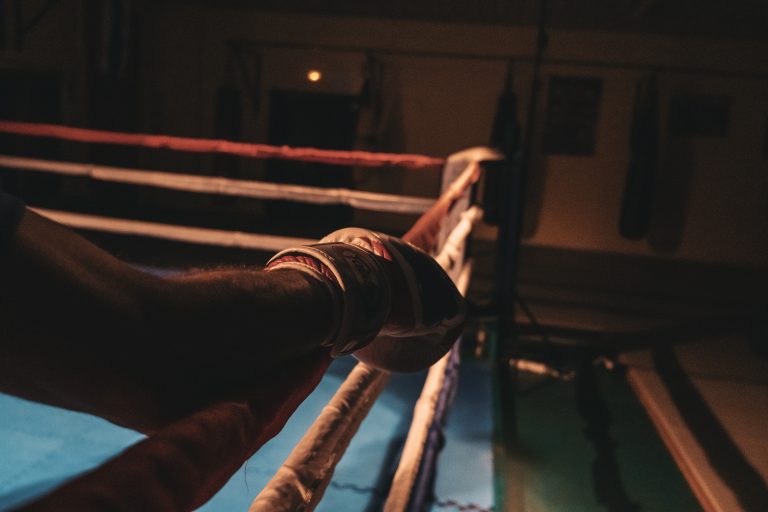How to Do Karate Moves at Home
Karate is a martial art that originated in Okinawa, Japan in the 19th century. It is a form of self-defense that involves a combination of strong body movements, precise strikes, and mental focus. Karate has become increasingly popular worldwide, not only as a sport but also as a form of exercise and a way of life. If you’re looking to learn karate, this guide will teach you how to do karate moves at home.
1. Get the Right Equipment
To do karate moves at home, you will need some basic equipment. Since karate involves a lot of physical activity, you will need comfortable and breathable clothes. You can wear pants and a T-shirt or a karate uniform, also known as a gi. A gi is usually made of lightweight fabric and consists of a top and bottom. The top has a V-neck and ties in the front, while the bottom has an elastic waistband and ties at the ankle.
In addition to clothes, you will need a clear space to practice in. Ideally, this should be a room with a flat and non-slippery surface. You’ll also need a mirror to check your form.
2. Warm Up
Before you start practicing karate moves, it’s important to warm up your muscles. A proper warm-up can help prevent injuries and prepare your body for physical activity. Here are some basic warm-up exercises you can do:
– Jog in place for 1-2 minutes.
– Do some jumping jacks for 30 seconds.
– Stretch your arms by doing arm circles for 30 seconds.
– Stretch your legs by doing lunges for 30 seconds.
– Do some squats to warm up your lower body.
3. Learn Basic Karate Moves
Karate involves a variety of moves, including punches, kicks, and strikes. Here are some basic karate moves you can practice at home:
– Front punch: Stand with your feet shoulder-width apart and your fists at your side. Throw a punch with your dominant hand, keeping your arm straight and your wrist firm. Use your hips to generate power and aim for the center of your imaginary opponent’s chest.
– Front kick: Stand with your feet shoulder-width apart and your hands at your side. Lift your right knee and extend your leg, kicking with the ball of your foot. Aim for your imaginary opponent’s face or chest.
– Roundhouse kick: Stand with your feet shoulder-width apart and your hands at your side. Pivot on your left foot and lift your right leg, bending your knee. Extend your leg and kick with the side of your foot, aiming for the side of your imaginary opponent’s body.
– Chop: Stand with your feet shoulder-width apart and your hands at your side. Raise your right hand and chop downward with your palm, aiming for your imaginary opponent’s neck or collarbone.
4. Practice Proper Form
Karate is all about proper form and technique. When practicing karate moves at home, pay attention to the following:
– Use your hips to generate power: Karate moves involve a lot of hip movement. Make sure to engage your core muscles and use your hips to generate power.
– Keep your feet grounded: Your feet should be firmly planted on the ground to maintain balance and stability.
– Maintain proper posture: Stand up straight with your shoulders back and your chest out. Keep your chin tucked in and your eyes focused.
– Control your breathing: Karate moves require a lot of physical exertion, so it’s important to control your breathing. Breathe deeply through your nose and exhale through your mouth.
5. Find Resources and Get Feedback
To improve your karate skills, it’s important to seek out resources and feedback. You can find many online tutorials and videos that demonstrate karate moves and techniques. You can also join online forums and communities where you can connect with other karate enthusiasts and ask for feedback on your form.
Additionally, consider seeking out a qualified karate instructor who can give you personalized feedback and guidance on your technique. Many karate dojos now offer online classes and virtual coaching sessions.
FAQs on How to Do Karate Moves at Home
Karate is a Japanese martial art that has been gaining popularity globally due to its focus on self-defense, physical fitness, and mental strength. People have started practicing karate more often, but during the current pandemic situation, going to a dojo to learn and practice karate might not be possible.
Therefore, many beginners and enthusiasts have been asking questions on how they can practice karate at home. In this article, we will answer some of the most frequently asked questions on how to do karate moves at home.
Q1. Can I learn karate online?
Yes, you can learn karate online. Many instructors and martial arts schools provide online training using video conferencing apps that allow students to receive live instruction and feedback from their instructors. Additionally, there are numerous online resources such as YouTube channels, blogs, and other websites that provide free and paid karate lessons.
When you learn karate online, you will be able to follow the instructions and practice the moves repeatedly until you get them right. However, it’s essential to ensure that the online sources you use to learn karate are reliable, reputable, and teach authentic karate techniques.
Q2. How do I warm up before doing karate moves at home?
Before starting any karate moves, it’s crucial to warm up your body. Warming up prepares your muscles and joints for intense physical activity, reduces the risk of injury, and can improve your karate performance. Here are a few warm-up exercises that you can do before doing karate moves at home:
- Jumping Jacks: Stand upright and jump while spreading your legs and arms apart. Bring your arms and legs back together while jumping and repeat.
- Leg Swings: Stand near support like a wall and swing your right leg forwards and backward while balancing on your left leg. Repeat with your left leg for at least ten swings.
- Arm circles: Stand with your feet shoulder-width apart and arms stretched out to the sides. Move your arms in a circle to the front ten times and repeat ten times in the opposite direction.
Q3. Which karate techniques can I practice at home?
There are several karate techniques that you can practice at home without the need for a partner or training equipment. Here are a few basic karate techniques that you can practice at home:
- Punches: Punching is one of the most basic karate moves. Stand with your feet shoulder-width apart, bring your fist up to your chest, and punch forward.
- Kicks: Basic kicks such as front kicks or roundhouse kicks are also easy to practice at home. Stand with your weight on one foot and raise the other leg before kicking forward.
- Blocks: Blocks are defensive moves to stop an attack. Some common hand positions used in blocks include inward block, outward block, and down block.
Q4. Do I need a uniform to practice karate at home?
No, you do not need a uniform to practice karate at home. However, a karate uniform, also known as a gi, can make you feel more comfortable and look more professional. Wearing a uniform also helps focus your mind and enhance your concentration.
If you’re a beginner, it’s essential to understand that karate is more than just a physical practice. It’s a way of life that promotes self-discipline, focus, and respect for others. Therefore, wearing a uniform can help you get into the right mindset for practicing karate at home.
Q5. How often should I practice karate moves at home?
To improve your karate skills and build muscle memory, it’s essential to practice karate moves regularly. You can start by dedicating 15-20 minutes a day to practice basic techniques such as punches, kicks, and blocks. As you progress, you can gradually increase the time you spend on practicing karate moves at home.
However, you should avoid overtraining as it can lead to sore muscles, injuries, and burnout. Always listen to your body and take rest when needed.
How to Do Karate Moves at Home
Introduction
Karate is a popular martial art form that originated in Okinawa, Japan. Karate is not only a great way to stay fit and healthy, but it also helps to build strength, increase flexibility, and improve balance. Karate also helps to develop discipline, focus, and confidence. While many people think that they cannot practice Karate without access to a dojo, it’s simple to practice at home. In this blog post, we will walk through the steps involved in doing Karate moves at home.
Step-by-Step Guide to Doing Karate Moves at Home
Step 1: Warm-up
Before starting any exercise, it is important to warm up. A good warm-up should last around 5-10 minutes and include light aerobic exercises like jogging, jumping jacks, and arm circles. Warm-up helps to increase blood flow and prepare the body for exercise.
Step 2: Basic Karate Stances
Karate stances form the foundation of Karate moves. Learning Karate stances is essential before doing Karate moves. Here are some basic Karate stances:
- Horse stance – This stance involves standing with feet apart and knees bent.
- Front stance – This stance involves placing one foot forward and one foot behind, with knees bent.
- Back stance – This stance involves placing one foot backward and one foot forward, with knees bent.
Practice each stance for 1-2 minutes before moving on to the next one. Ensure your feet are shoulder-width apart, and your knees are bent. This will help to strengthen your legs and improve your balance.
Step 3: Basic Karate Moves
After learning basic Karate stances, you can move on to practicing Karate moves. Here are some basic Karate moves:
- Straight punch – This move involves extending your arm straight and punching with your fist.
- Front kick – This move involves kicking out with your leg in front of you.
- Roundhouse kick – This move involves kicking out to the side with your leg.
Practice each move for 1-2 minutes, ensuring that you practice with the correct form. Start by practicing slowly, and then increase your speed as you become more comfortable with the moves.
Step 4: Combinations
Once you have mastered basic Karate stances and moves, you can practice combinations of moves. Karate combinations involve stringing together different moves to create a sequence. Here are some simple Karate combinations to try:
- Straight punch followed by front kick.
- Roundhouse kick followed by straight punch.
- Front kick followed by roundhouse kick.
Practice each combination for 1-2 minutes, ensuring that you are using the correct form for each move.
Step 5: Cool-down
After completing your Karate practice, it is important to cool down. A good cool-down should last around 5-10 minutes and include stretching exercises like hamstring stretch, quadriceps stretch, and calf stretch. Cooling down helps to decrease heart rate and prevent muscle soreness.
Conclusion
Karate is a great way to stay fit and healthy, and practicing Karate at home is simple and easy. By following these steps, you can learn basic Karate stances and moves, and start practicing Karate at home. Remember to warm up, learn basic stances and moves, practice combinations, and cool down after your practice. With regular practice, you will improve your strength, flexibility, balance, and focus.
Inhaltsverzeichnis

